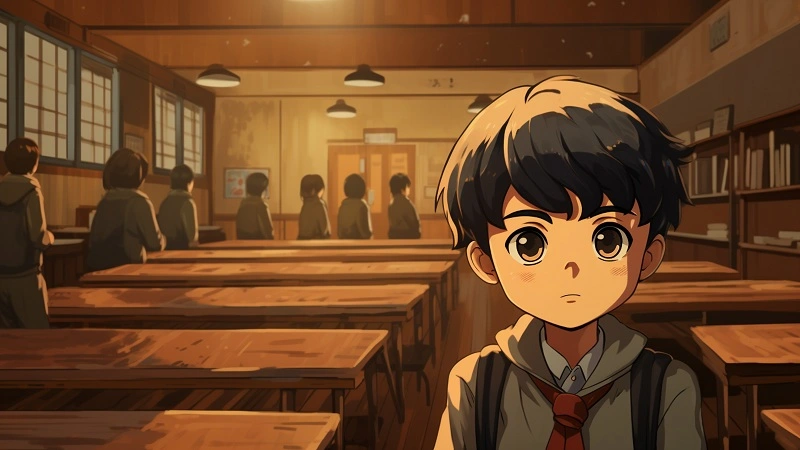Anime, a diverse and influential genre of animation originating from Japan, has captivated”boy:c_udant_abg= anime”audiences worldwide with its rich storytelling, vibrant characters, and unique art styles. One particular term that has recently garnered attention within anime communities is “boy.” This cryptic phrase seems to combine elements of boy-centric themes with potential allusions to cultural or linguistic nuances. Let’s delve into what this term might signify and explore its relevance in the anime world.
Understanding “Boy”While “boy” might initially appear as a nonsensical string, breaking it down could reveal more:
- Boy: This suggests a focus on male characters or themes related to boys.
- c_udant: This part of the phrase is more ambiguous. It might be a distorted or creative rendition of a word or concept, possibly hinting at “cuddant,” “abundant,” or even something culturally specific.
- abg: This could be an acronym, a stylized abbreviation, or a nod to a specific sub-genre or trope within anime.
Given the speculative nature of the term, let’s consider possible interpretations “boy:c_udant_abg= anime”and their implications within the anime context.
Boy-Centric Themes in Anime
Anime often features stories centered “boy:c_udant_abg= anime”around boys or young men, exploring their journeys, challenges, and growth. Popular genres that highlight boy-centric narratives include:
- Shounen: Targeted primarily at young male audiences, shounen anime focuses on action, adventure, and camaraderie. Notable examples are “Naruto,” “One Piece,” and “My Hero Academia.”
- Slice of Life: These series depict everyday experiences and emotions, often portraying the coming-of-age stories of boys. “March Comes in Like a Lion” and “Barakamon” are prime examples.
- Sports Anime: Focusing on teamwork, competition, and personal development, sports anime like “Haikyuu!!” and “Kuroko’s Basketball” often feature boy protagonists.
Potential Cultural and Linguistic Influences
The middle segment, “c_udant,” could hint at a deeper cultural or linguistic layer. In anime, it is not uncommon”boy:c_udant_abg= anime” for creators to blend different languages, symbols, and metaphors to create unique terms or names. For instance:
- Japanese Wordplay: Japanese language often employs wordplay (puns, kanji meanings) that might be lost in translation. “c_udant” could be a stylized play on a Japanese word or phrase.
- Cross-Cultural References: Anime creators sometimes draw inspiration from various cultures. “c_udant” might incorporate elements from another language or culture, adding layers of meaning to the term.
Abg: A Possible Trope or Sub-Genre
The final part, “abg,” could stand for a specific trope or sub-genre within anime:
- Acronyms and Abbreviations: The anime community frequently uses abbreviations for genres or popular series. “abg” might be shorthand for a concept or series familiar to dedicated fans.
- Genre Tags: Anime platforms often tag series with specific themes or tropes. “abg” could represent a tag used to categorize a particular type of anime.
Conclusion
The enigmatic term “boy” in anime underscores the genre’s complexity and the “boy:c_udant_abg= anime”creativity of its community. While the exact meaning of the term remains speculative, its components suggest a rich tapestry of boy-centric themes, potential cultural influences, and genre-specific nuances. Anime enthusiasts may find joy in uncovering and interpreting such terms, reflecting the ever-evolving nature of this beloved medium. See More



